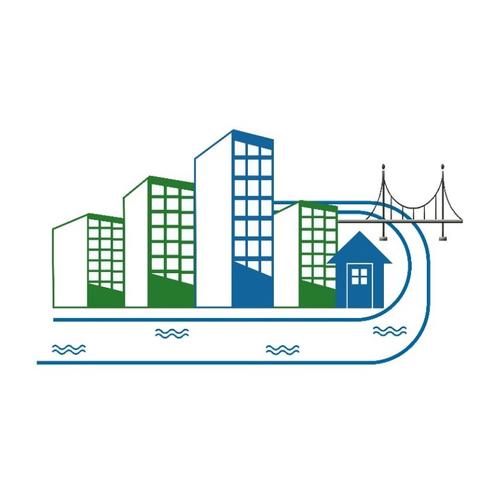EDGe$ (Economic Decision Guide Software) Online Tool

Designed to support community-level resilience planning, the powerful online EDGe$ Tool, Version 1.0 assists in selecting cost-effective community resilience projects. Produced by the National Institute of Standards and Technology (NIST), the EDGe$ platform-independent app can help community planners and resilience officers, as well as economic development, budget, and public works officials.
EDGe$ provides a standard economic methodology for evaluating investment decisions required to improve the ability of communities to adapt to, withstand, and quickly recover from natural, technology, and human-caused disruptive events. The tool helps the user to identify and compare the relevant present and future resilience costs and benefits associated with new capital investment versus maintaining a community’s status-quo. Benefits include cost savings and damage loss avoidance because enhancing resilience on a community scale creates value, including co-benefits, even if a hazard event does not strike.
EDGe$ is based on the process found in NIST’s Community Resilience Economic Decision Guide for Buildings and Infrastructure Systems (EDG). The EDG and EDGe$ can be used as standalone tools, but are designed as part of a more comprehensive planning process and in combination with the NIST Community Resilience Planning Guide for Buildings and Infrastructure Systems.
See Highlights of the EDGe$ Tool, Version 1.0
- Easy-to-use, online platform-independent app that assists decision makers in making resilience planning choices
- Automates calculations in the Economic Decision Guide’s seven-step process
- Helps to frame the economic decision process by identifying and comparing resilience-related benefits and costs of competing alternatives and the status quo (do-nothing option)
- Can take into account advanced economic considerations, including:
- assignment of bearers of the identified costs/benefits
- property rights (externalities)
- co-benefits and the resilience dividend
- uncertainty can be entered for: hazard probability/magnitude, benefits, costs, co-benefits, co-costs
- Yields automatic easy-to-interpret economic indicator reports
- Provides a suite of example scenarios and allows users to save and continue working on their projects
This approach enables communities to reduce losses due to hazard events and enable faster and more efficient recovery when events occur. EDGe$ includes, but exceeds, the required Federal Emergency Management Agency (FEMA) Benefit-Cost Analysis (BCA) elements. It encourages users to consider non-disaster related benefits (co-benefits and co-costs) of resilience planning. Topics related to non-market values and uncertainty also are included. The methods are based on best practices in building economics and the economics of community resilience planning. The EDGe$ Tool is meant to be practical, flexible, and transparent. The approach can be applied across a wide range of community and project types.
The EDGe$ methodology provides the basis for and is consistent with ASTM’s standard on “developing cost-effective community resilience strategies” (Standard E3130), developed by ASTM International’s Committee on Performance of Buildings (E06).
Contact
-
(301) 975-6133

